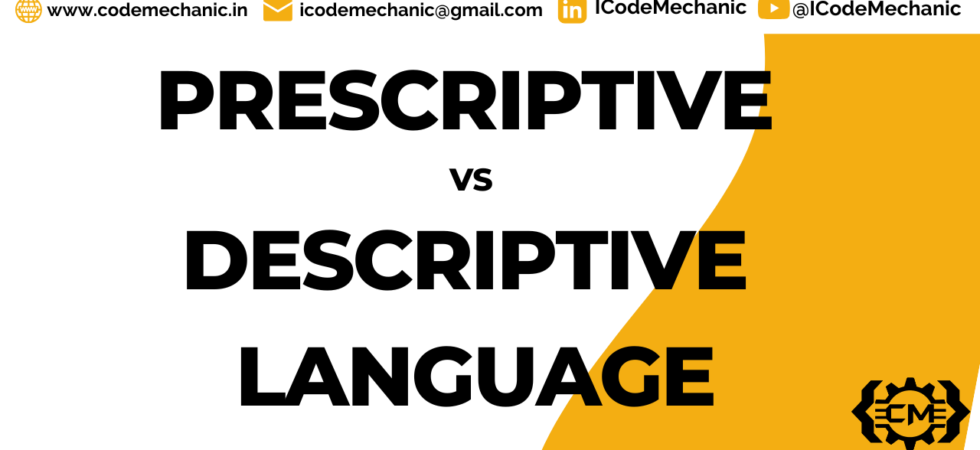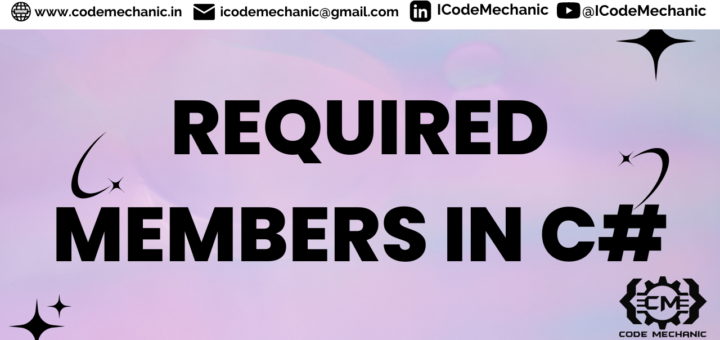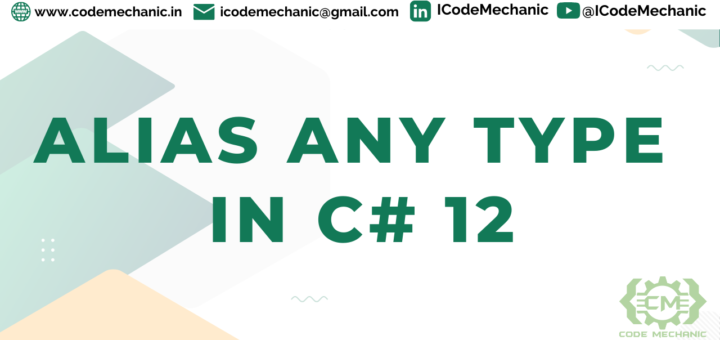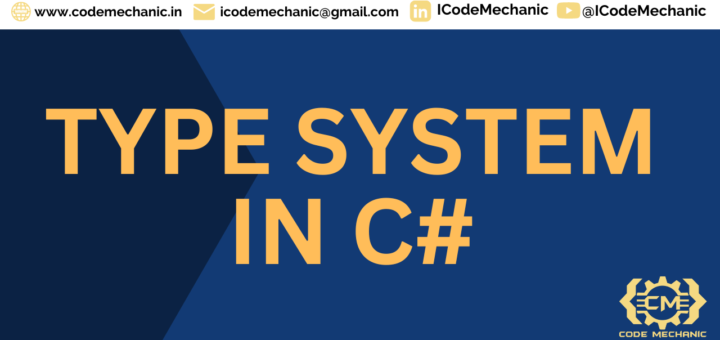Understanding Prescriptive vs Descriptive Language in Programming
In the world of programming, how we instruct the computer to execute tasks can vary greatly depending on the language we use. Some programming languages are highly structured, requiring strict adherence to rules and...












